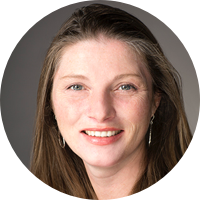Marian Berryhill, PhD

In the Memory and Brain Lab, Marian Berryhill investigates the neural correlates of various forms of memory. Experimental approaches including neuroimaging (fMRI, HD-EEG, fNIRS), neurostimulation (tDCS, HD-tDCS), behavioral and neuropsychological patients.